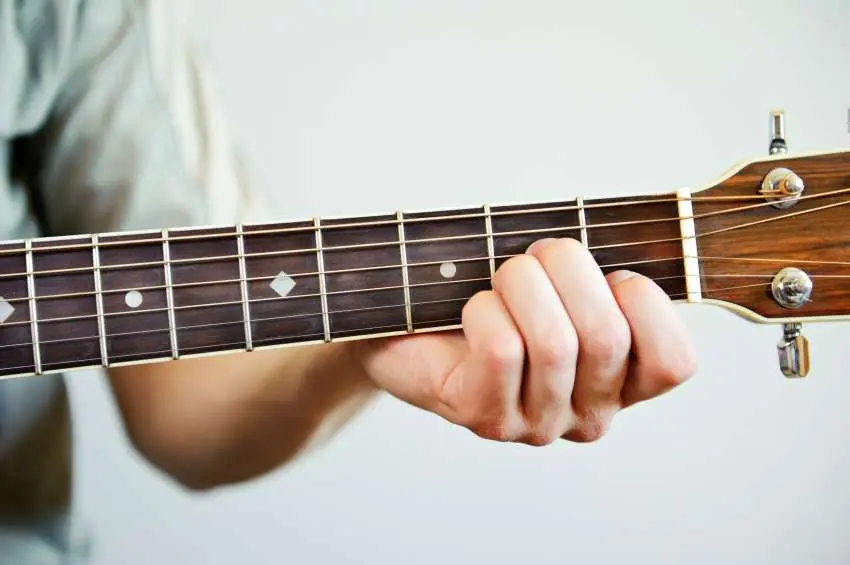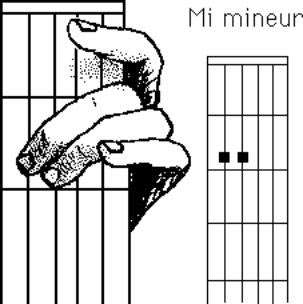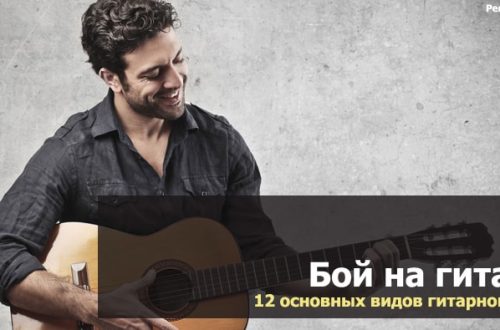
Chords. How to read guitar chords
How to learn to read six-string guitar chords
First of all, let’s take a look at the alphanumerics for chords. To read guitar chords, you need to know their letter designations. S — to; D – re; And – we; F – fa; G – salt; A – ля; H – you; B – si flat. Major chords are indicated by a capital letter: C – C major, D – D major, E – E major, etc. If “m” is to the right of the capital letter, this is a minor chord Cm – C minor, Dm – D minor, etc. A minor may not always have a capital letter, sometimes a minor can be indicated like this: em – E minor, hm – si minor. In foreign editions there are discrepancies in the notation of chords. They only apply to H-B and B-B flat chords. H chord – in our editions it is B in foreign ones. The chord B – B flat in our country is Bb in foreign editions. All this also applies to minors, seventh chords, etc. So be careful when reading guitar chords from foreign publishers. Strings on chord diagrams are indicated by six horizontal lines. The top line is the first (thin) string of the guitar. The bottom line is the sixth string. Frets are vertical lines. Frets are usually indicated by Roman numerals I II III IV V VI, etc. Sometimes the absence of Roman numerals indicates the first three frets and the lack of need for their numbering. The dots on the strings and frets show the position of the fingers pressing down to build the chord. In alphanumeric designations of chords, Arabic numerals indicate the fingering of the fingers of the left hand: 1 – index finger; 2 – medium; 3 unnamed; 4 – little finger. X – a sign indicating that the string is not sounded (should not sound in this chord). O – a sign indicating that the string remains open (not pressed).
Reception of simultaneous pressing with one finger of the required number of strings is called barre. Barre is usually indicated by a solid line on a certain number of strings parallel to the frets. On foreign sites, there are slightly different chord schemes, where the barre is not written in a solid line and the guitar strings are arranged vertically.
 As you can see in the second example, the frets are indicated by Arabic numerals on the left side of the diagram, and the notes that make up the chord are indicated below.
As you can see in the second example, the frets are indicated by Arabic numerals on the left side of the diagram, and the notes that make up the chord are indicated below.
How to read guitar chords with accidentals
I think that reading guitar chords with accidentals will not cause much difficulty. We will get acquainted with only a couple of signs – without diving deep into music theory. Accidentals are signs of change. # – sharp raises a note (and in our case the whole chord) by a semitone (each fret on the guitar neck is equal to one semitone) Raising a note (chord) by a semitone is done by simply moving the transition to the next fret towards the body of the guitar. This means if a barre chord (for example, Gm) was on the third fret, then with an accidental sign (G#m) it will be on the fourth, so when we see a chord (usually a barre chord) G#m, we put it on the fourth fret. b – flat lowers a note (and in our case the whole chord) by a semitone. When reading chords on a guitar with the b-flat sign, the same situation occurs, but in the opposite direction. Sign b – flat lowers the note (chord) by half a step (towards the headstock). This means that the Gbm chord will be on the second fret of the guitar neck.
How to read slash guitar chords
Often in the notes you can see a written chord in this way Am / C, which means Am – A minor is taken with bass C – to. We take a simple A minor on the first two frets of the guitar, and put the little finger on the third fret of the fifth string where the note C is located. Sometimes a chord with a bass is written as in mathematics – the chord is in the numerator, and the bass is in the denominator. In order to easily read such slash chords on the guitar, at least you need to know the location of the notes on the fourth, fifth and sixth strings. Having learned the location of the notes on these guitar neck strings, you will easily know and put slash chords.
First of all, let’s take a look at the alphanumerics for chords. To read guitar chords, you need to know their letter designations. C – do, D – re, E – mi, F – fa, G – salt, A – la, H – si, B – si. The number 7 means that this is a seventh chord: C7 – to a seventh chord. The number 6 means that this is a major sixth chord: C6, D6, E6. The number 6 and the letter m means that this is a minor sixth chord: Сm6, Dm6, Em6.
To learn how to read chords written in tablature, the section “How to read guitar tablature for beginners” will help.





